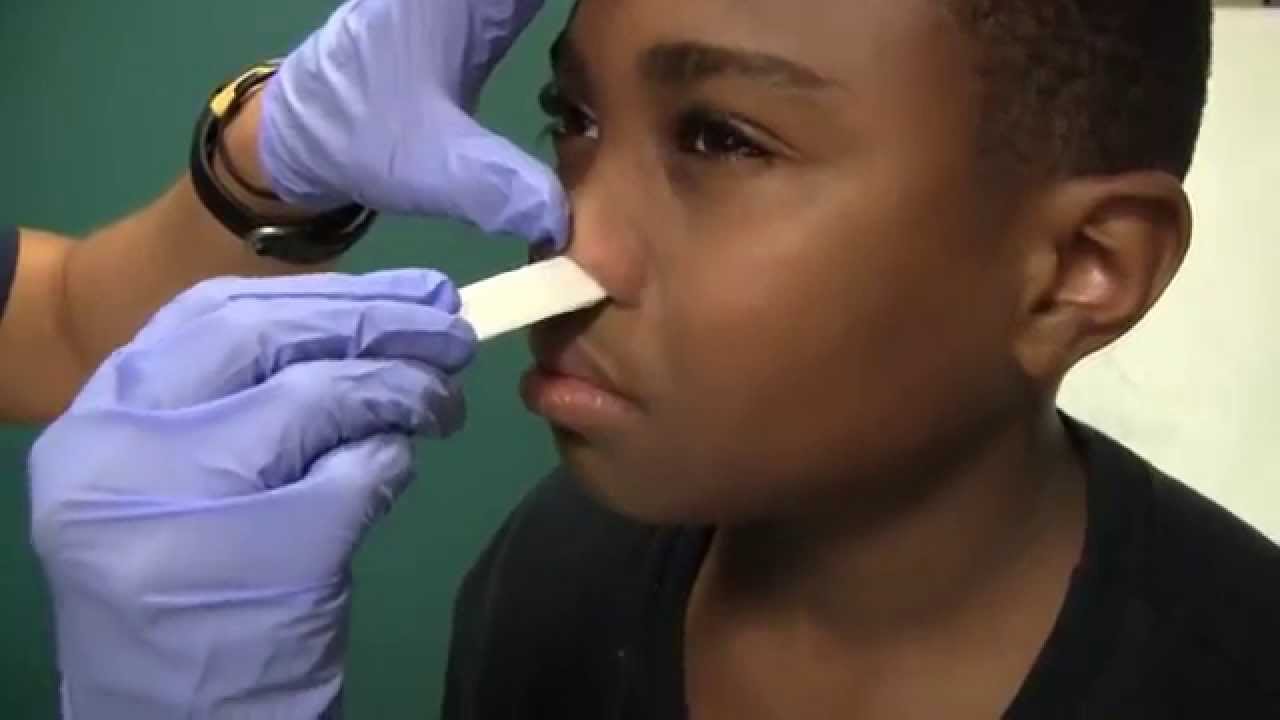Diabetes mellitus is a condition defined by persistently high levels of glucose (sugar) in the blood. During digestion, food is broken down into its basic components. Carbohydrates are broken down into simple sugars, primarily glucose. Glucose is a critically important source of energy for the body
cells. To provide energy to the cells, glucose needs to leave the bloodstream and get into the cells.
The inability of the body to take up glucose into its cell from the bloodstream to use for energy results to diabetes.
There are several types of diabetes. The two most common are called: type 1 diabetes mellitus and type 2 diabetes mellitus.
TYPE 1 DIABETES
Type 1 diabetes is a chronic condition in which the pancreas produces little or no insulin. All the things that cause type 1 diabetes are not known, but it is known that the gene plays a role.
TYPE 2 DIABETES
This is the most common type of diabetes. In type 2 diabetes, the body makes insulin, but the cells don’t use it well as they should. People with type 2 diabetes are said to have insulin resistance. Type 2 diabetes used to be called adult-onset diabetes as it’s likely to occur among middle-aged or older adult, but it also affects kids and teens, mainly because of childhood obesity.
Usually, a combination of things causes type 2 diabetes. Being overweight can cause insulin resistance especially with extra pounds around the middle region. Also, excessive glucose from the liver due to inability of the liver to store glucose for later use, bad interaction of cells, broken beta cells and genetics.
SIGNS AND SYMPTOMS
Signs of diabetes mellitus include:
- Confusion,
- Rapid breathing
- Shaking
- Weakness in the lower part of the body
- Unconsciousness in extreme cases.
Symptoms include
- Increased thirst,
- Frequent urination,
- Fatigue,
- Fruity smell of your breath,
- Dry mouth,
- Blurred vision,
- Abdominal pain,
- Recurring yeast infections.
TREATMENT
Treatment aims at maintaining normal blood sugar levels through regular monitoring, diet and exercise, insulin therapy.
Prepaid Medicare Services Limited




































